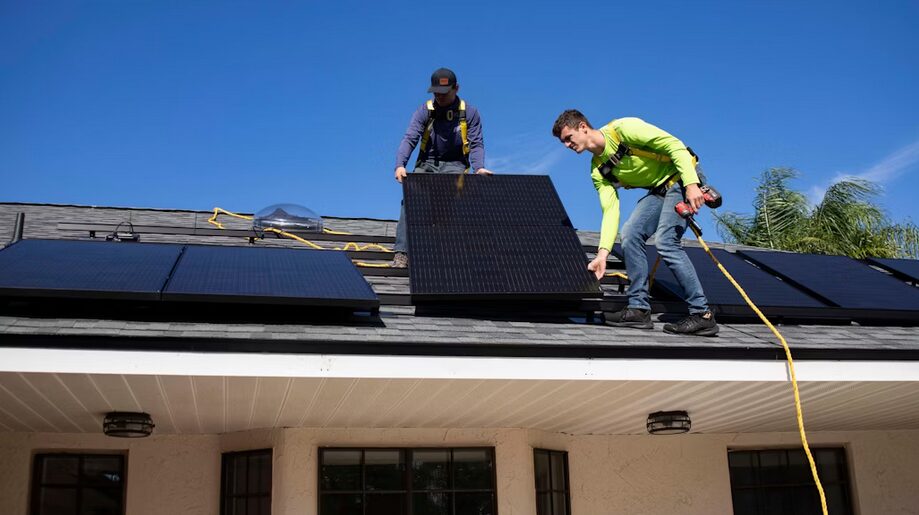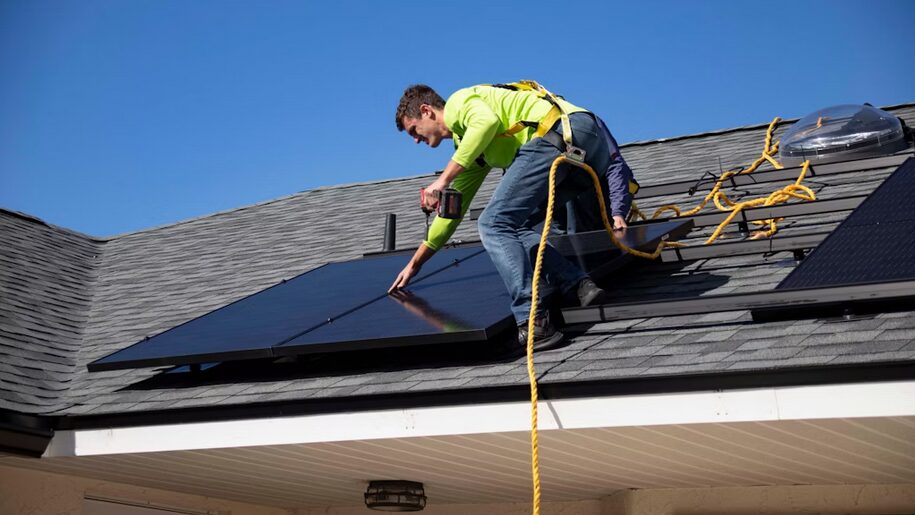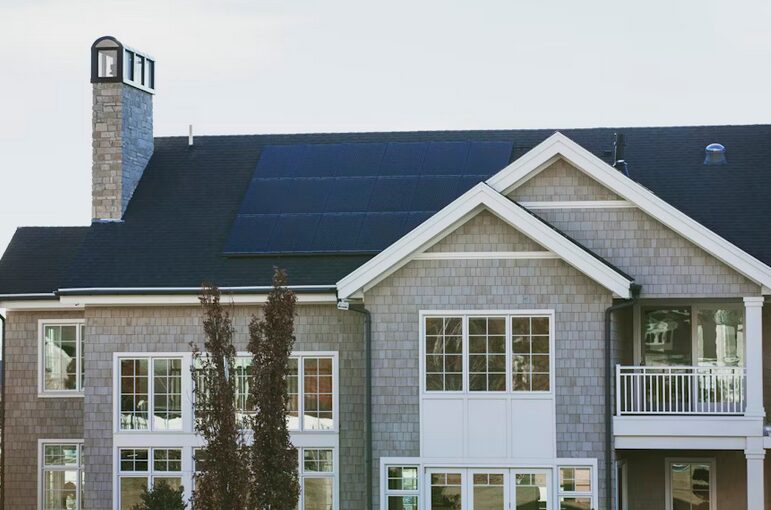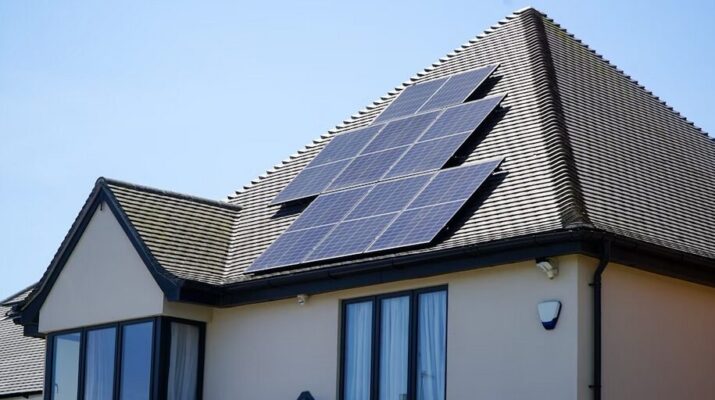Solar panels have become a smart, future-focused addition to many homes. But like any part of your home’s infrastructure, they need attention. If your panels start underperforming, your electricity savings can vanish faster than you realize. Spotting issues early could save you from bigger headaches later—and from costly replacements. Even something as simple as scrubbing dirt off solar panels makes a noticeable difference in energy output.
Solar systems are often described as “low-maintenance,” but that doesn’t mean “no-maintenance.” Dirt, wear, environmental exposure, and electrical faults can all interfere with performance. Below are key signs that something might be wrong with your solar panels—signs you shouldn’t ignore.
Visible Damages on the Panels

Cracks, discolouration, or shattered glass are immediate red flags. Physical damage, even small hairline fractures, can reduce your system’s ability to absorb sunlight. These issues often occur after storms, hail, falling branches, or improper roof work done near the panels. Don’t assume everything is fine just because power is still coming in. Minor damage can worsen quickly. Visual inspection from the ground can help—binoculars work well if you don’t want to climb. If you spot anything suspicious, it’s best to call a professional.
Sudden Drop in Energy Output
One of the first clues that something’s off is a noticeable dip in energy production. If your solar system has been generating fairly consistent numbers and you suddenly see a drop, it’s a clear sign that something isn’t working the way it should. Many homeowners notice this issue when comparing utility bills or checking their monitoring apps. Drops can result from anything—damaged wiring, shaded panels, faulty inverters, or build-up from dust and debris. Even birds can become an unexpected cause if nesting or droppings obstruct sunlight. To stay on top of this, check your system’s output at least once a week. If you don’t have a monitoring app, request a usage report from your solar provider to spot irregularities over time.
Loose Wires or Corrosion Around Mounts

Lastly, pay attention to what’s happening beneath the panels. Loose wiring, corroded bolts, or rust near the mounting brackets could mean water exposure or shifting components. These aren’t just performance issues—they’re safety risks. While you shouldn’t climb up to inspect wiring yourself, signs like debris collecting under the panels, a rattling sound in the wind, or visible rust at the panel edges mean it’s time to call a technician. Movement from strong winds or long-term wear can weaken the integrity of your system.
Frequent Inverter Errors or Alerts
The inverter is the component that converts sunlight into usable electricity for your home. If it’s constantly flashing error messages, turning off, or making odd noises, it’s a sign that something in your solar system isn’t cooperating. In many setups, the inverter display will show specific error codes or symbols. These codes vary by brand, but most indicate either a connectivity problem, overload, or system failure. Some modern systems allow you to view these alerts via mobile apps. It’s important to log any error messages or patterns so your technician can diagnose and fix the issue more efficiently.
Constantly Shaded or Blocked Panels

If your solar panels were installed without considering future shading from trees, buildings, or even seasonal changes in the sun’s path, their effectiveness could be compromised. Overgrown branches, accumulated leaves, or nearby construction can all play a role. Shading isn’t just about sunlight being blocked—it can also disrupt how your panels work together. In string inverter setups, one shaded panel can drag down the performance of others in the same chain. If your system suddenly seems less effective, take a walk around your property. Look for new sources of shade or changes in light exposure. Seasonal pruning or even small landscape tweaks can solve the problem.
Your solar panels are a major part of your home’s energy setup. And while they might be sitting quietly on the roof, they require a little attention …

